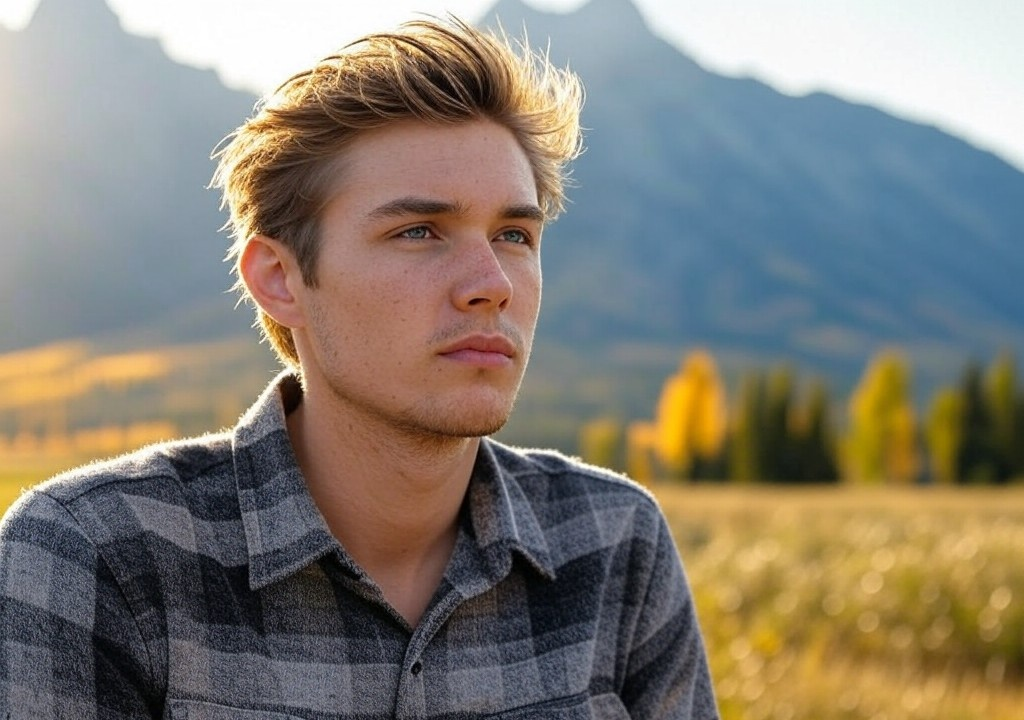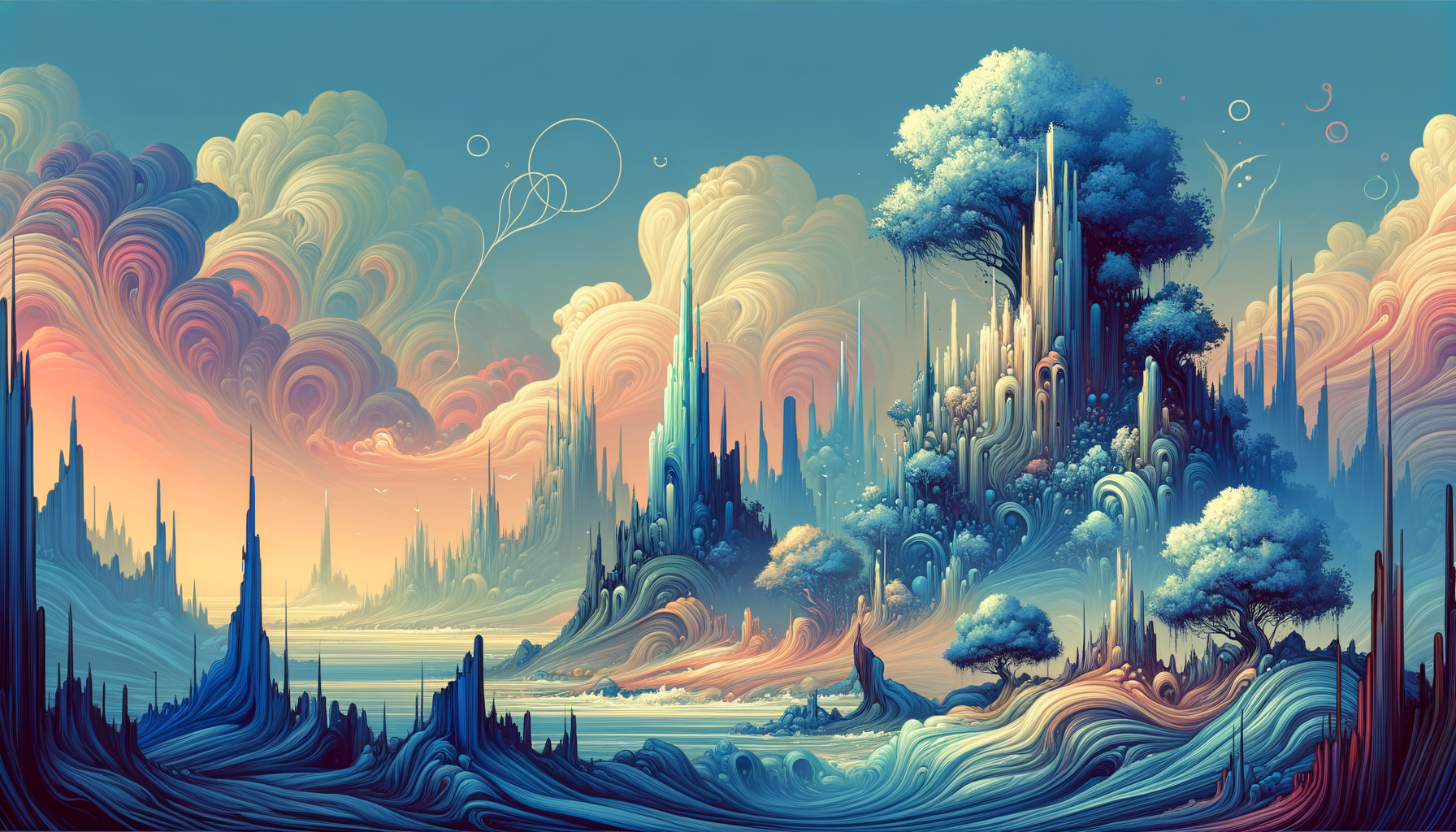Growing up in the shadow of the Tetons, rugged and unapologetically steadfast, I lived a childhood steeped in equal parts survivalism and wonder. My family taught me how to ride a horse before I could ride a bike and how to build a fire before I fully grasped long division. But alongside work ethic and practicality, there was a gift—a quiet nudge toward creativity. There, on the backs of folding chairs in a kitchen that always smelled like coffee and sagebrush, I learned to sketch the hawks that perched on fence posts and jot down stories about coyotes who I imagined led secret lives as trickster philosophers.
At the time, none of this felt earth-shaking. It was just life. But now, well into my journey of untangling human connections in my writing, I can see that my career path is as much a product of those rugged early days as my penchant for hard-soled cowboy boots and sunburned forearms. Not to wax poetic, but here’s the thing: the natural world echoes our human dynamics. Relationships, in all their messy and wonderful iterations, are ecosystems. They’re fueled by cycles, balance, interdependence…and, yes, a little chaos thrown in for good measure. So, here’s some insight on why I landed here, carving out a space to write about relationships in all their challenging, goofy glory.
How a Herd of Horses Taught Me About Relationships
Summers at the ranch meant trail rides—sometimes several a day. Visitors from faraway cities would shuffle off buses, wide-eyed and clutching their cowboy hats, sitting astride our steady ranch horses, many of which had more patience than a Zen master in peak meditation mode. I was often their guide at the front, shouting over the sound of creaking saddles, “Keep a loose grip on the reins! These horses don’t like micromanaging.”
And that, friends, is Lesson One. Humans and horses share at least one innate truth: no creature (except maybe robots…jury’s still out) enjoys being controlled into submission. Grip too tightly, and the horse thinks you don’t trust it. Apply the same principle to a relationship, and you’ve got yourself a one-way ticket to Stifletown. On those trails, I saw couples learn this lesson in real-time. A particularly tense rider would pull hard on the reins despite my reminders, and the horse would rear its head in annoyance, throwing off the rhythm of the group. Eventually, someone would realize they weren’t steering a racecar but building a partnership with a thousand-pound animal that knew the trails better than they did.
That’s when the magic happened—a looser grip, a deeper trust, and, over a few miles of shared experience, a newfound respect between horse and rider. Relationships, too, are about balance, whether you’re guiding a partner or just learning to match their pace. Holding too tightly only steers things out of alignment.
The Mountain Storms That Showed Me Resilience
Then there were the winters—the unyielding, bone-cold stretches that turned the peaks white and bitter winds relentless. I remember mornings with every trail buried knee-deep in snow but livestock still needing tending. In those moments, quitting wasn’t an option. You found a way, even if it meant trudging through thigh-high drifts with your boots leaking icy water. To survive a Wyoming winter is to embrace resilience.
Here’s the relationship parallel I didn’t know I was internalizing back then: every love story has its winters—those unglamorous, often harsh chapters where connection can feel buried under layers of misunderstanding, stress, or doubt. But storms pass. So long as both people are committed to the process, there’s a way through. It might not be pretty; it might feel a lot like trudging through snow in poorly insulated footwear. But resilience pays off. Sometimes, you just need to grab the metaphorical snow shovel and start clearing a path, one step at a time.
Interestingly, I learned not to dread Wyoming’s storms entirely. They forced us to slow down, to reflect. It turns out that the quiet, the stillness, often led to realizations about how to approach things better next time—something about discomfort forcing growth. Relationships do the same if you let them.
A Crash Course in Perspective from a Moose (Yes, Really)
One of my favorite moments as a park ranger involved a moose and a man who thought he could impress his date by standing dangerously close to said moose. Spoiler alert: things did not go as planned. Luckily, no one got hurt, but it took a fair amount of yelling to convince him that tiptoeing toward four legs, antlers, and 1,500 pounds of indifference was not romantic.
Why do I share this? Because too often, in love, we lose perspective. We ignore the big picture—whether that’s warning signs, our own needs, or the balance of give-and-take—and end up way too close to something we’re not prepared for. The moose didn’t owe that gentleman its understanding (or patience, for that matter), and your partner doesn’t automatically owe you theirs when boundaries are crossed. Relationships thrive when both people keep perspective that allows them to respect not only the relationship itself but the agency of the people in it.
Also…but maybe this doesn’t need to be said: Don’t try to impress someone by standing too close to nature’s equivalent of a four-legged steamroller. That energy? It’s not as cute as you think.
The Poet Meets the Pragmatist
For a long time, I thought writing about love wasn’t for me. I grew up immersed in the literal “circle of life” of the wilds—natural selection, food chains, scavengers, predators, and prey. It wasn’t exactly the language of Hallmark cards. But over time, I realized that human relationships didn’t operate all that differently from the ecosystems I’d managed as a ranger or observed at the ranch.
We’re all navigating complex systems of interdependence, chaos, and growth. The fox on the hunt, the bird feathering its nest, the patch of wildflowers leaning into every pocket of sunlight—it’s all effort and rhythm and instinct. Kind of like dating…but with fewer awkward text follow-ups after a bad first date.
Pairing storytelling with relationships clicked because the two feel inextricable. Our greatest lessons often come from connection—with people, places, or even our past selves. Sure, there’s advice to be doled out and plenty of awkward escapades to laugh about (trust me, I have some tales of my own). But at the end of the day, it’s the stories—the things that make relationships messy and magical—that I find most worth exploring.
Small Steps, Big Wins
If there’s anything a youth brimming with livestock chores taught me, it’s that success rarely comes in leaps and bounds. Life, love, and everything in between are built slowly. It’s the little things: tuning into your partner’s stress cues, making room for their quirks, and showing up on an unremarkable Tuesday just as much as on a romantic Saturday.
Next time you’re tempted to look at someone else’s “perfect” relationship and wonder where yours stacks up, remember this: nature doesn’t do perfect. Forests grow in chaos. Rivers carve jagged canyons before smoothing into steady streams. In all that imperfection, beauty thrives. The same goes for love.
Closing Thought
So why did I choose this path—a guy who grew up fixing fences in the morning and sketching eagles by sunset? Because if there’s one thing the land and its creatures have taught me, it’s that the most rewarding things in life, including love, aren’t easy, tidy, or 100% predictable. And that’s a good thing. After all, the best stories—the kind that keep you coming back for more—are the wild ones.




















